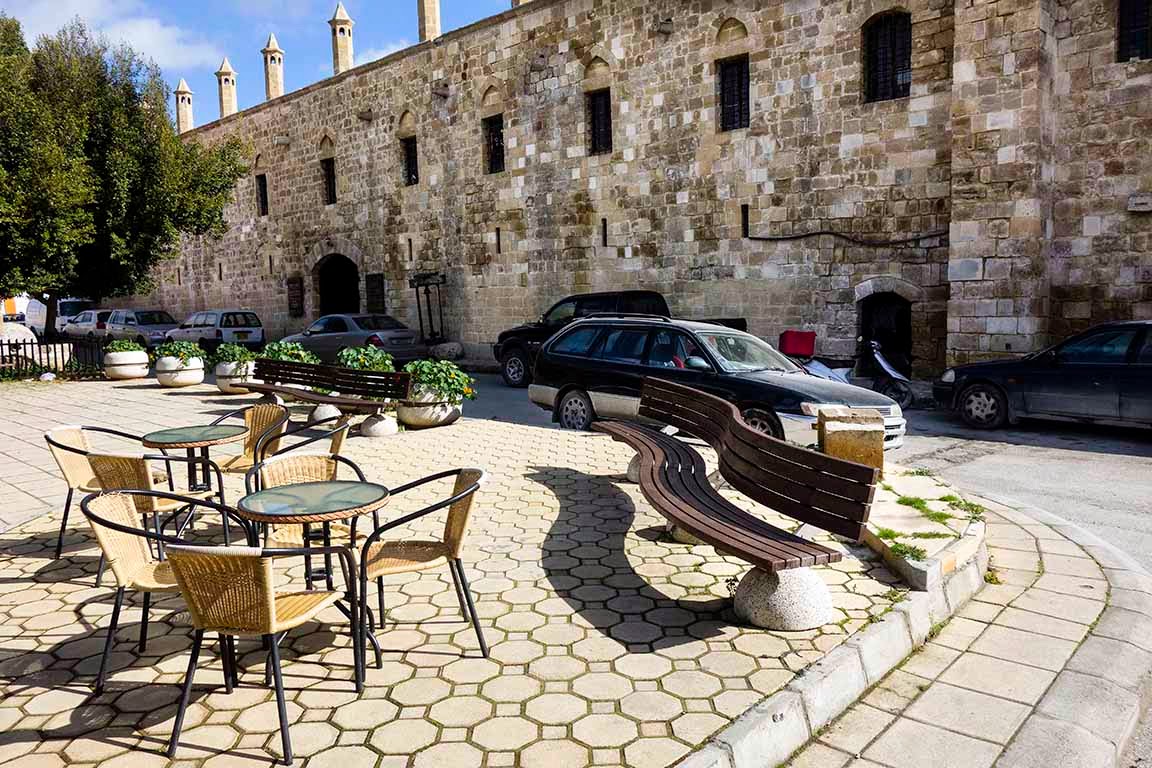I guess it was inevitable that I would someday end up on the island of Cyprus. It is, after all, one of the great crossroads of the world, linking the seaways between Europe, Asia Minor, the Middle East, and Africa. The northwest tip of Cyprus is just forty-five miles from the coast of Turkey. The coast of Syria is sixty-five miles from the northeast corner of the island. Beirut is 110 miles from the southeast tip of Cyprus; Damascus 160; Jerusalem 228. From the southwest coast of Cyprus it’s 280 miles to Alexandria at the mouth of the Nile in Egypt, and 325 to the Big Bopper, Cairo. All of these places have left their mark on Cyprus. ©2105 Google Earth (click on image for enlargement) The island has been inhabited for 12,000 years at the very least. The earliest human inhabitants may have shared the island with dwarf elephants and hippopotami. A well-preserved Neolithic village has been dated to 6,800 b.c. By 2500 b.c the indigenous population was engaged in trade with Egypt, Greece,



